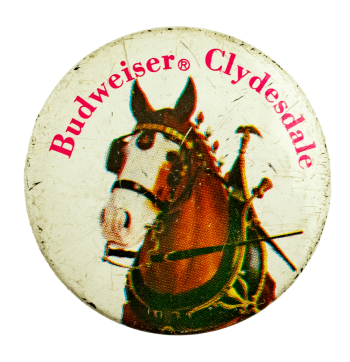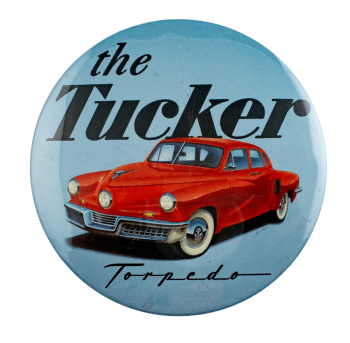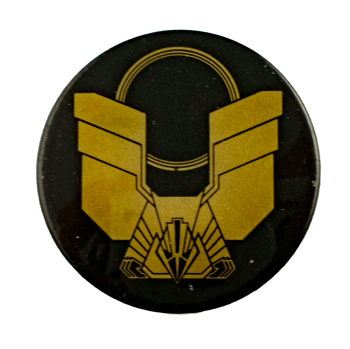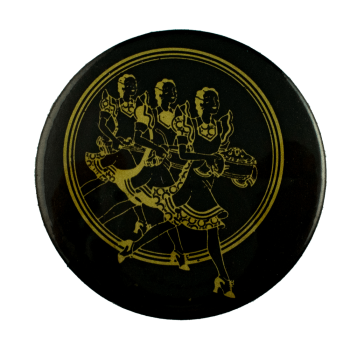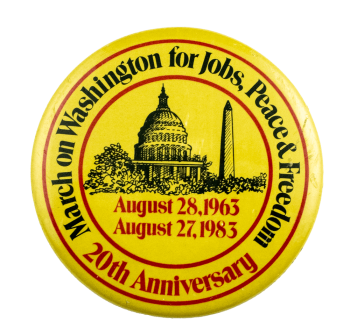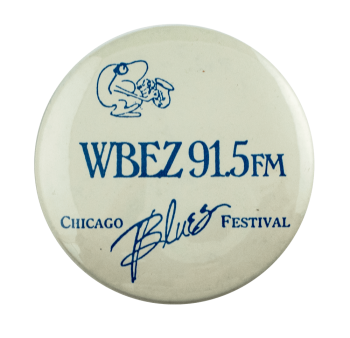Budweiser Clydesdale
| Category | |
|---|---|
| Additional Images | |
| Sub Categories | |
| Text on Button | Budweiser® Clydesdale |
| Image Description | White background featuring an illustration of a clydesdale horse in harness in the center with light red text along the top edge in a curved layout |
| Back Style | |
| The Shape | |
| The Size | |
| Additional Information | The Budweiser Clydesdales were first introduced in 1933, when August A. Busch, Jr. and Adolphus Busch III gifted their father a six-horse hitch to celebrate the repeal of Prohibition. Quickly becoming a marketing symbol, the horses toured New York, New England, and Washington, D.C., even delivering beer to President Franklin D. Roosevelt. Today, the Clydesdales remain an emblem of Budweiser’s heritage and quality, making appearances nationwide and are celebrated icons of Budweiser’s marketing, most famously through their long-running Super Bowl commercials. |
| Sources |
Anheuser-Busch Companies, LLC. (n.d.). Budweiser Clydesdales. Retrieved August 27, 2025, from https://www.anheuser-busch.com/about/clydesdale |
| Catalog ID | BE0202 |

